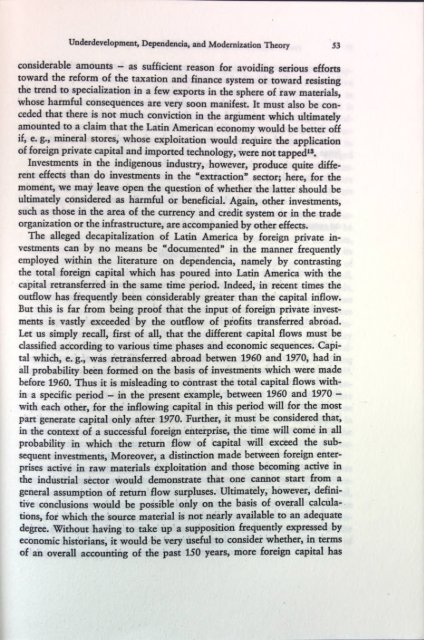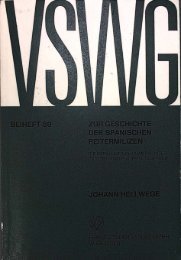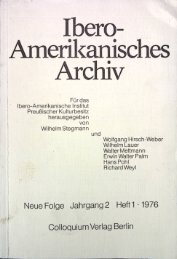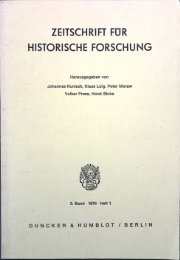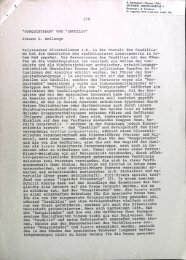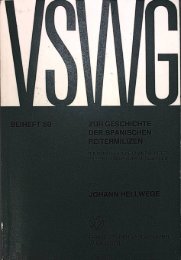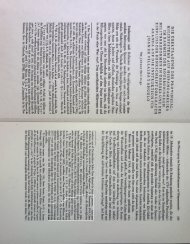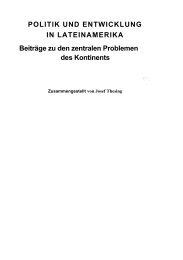9_Law and State_Volume 17
You also want an ePaper? Increase the reach of your titles
YUMPU automatically turns print PDFs into web optimized ePapers that Google loves.
Underdevelopment, Dependencia, <strong>and</strong> Modernization Theory 53<br />
considerable amounts — as sufficient reason for avoiding serious efforts<br />
toward the reform of the taxation <strong>and</strong> finance system or toward resisting<br />
the trend to specialization in a few exports in the sphere of raw materials,<br />
whose harmful consequences are very soon manifest. It must also be conceded<br />
that there is not much conviction in the argument which ultimately<br />
amounted to a claim that the Latin American economy would be better off<br />
if» e- g-> mineral stores, whose exploitation would require the application<br />
of foreign private capital <strong>and</strong> imported technology, were not tapped13.<br />
Investments in the indigenous industry, however, produce quite different<br />
effects than do investments in the “extraction” sector; here, for the<br />
moment, we may leave open the question of whether the latter should be<br />
ultimately considered as harmful or beneficial. Again, other investments,<br />
such as those in the area of the currency <strong>and</strong> credit system or in the trade<br />
organization or the infrastructure, are accompanied by other effects.<br />
The alleged decapitalization of Latin America by foreign private investments<br />
can by no means be “documented” in the manner frequently<br />
employed within the literature on dependencia, namely by contrasting<br />
the total foreign capital which has poured into Latin America with the<br />
capital retransferred in the same time period. Indeed, in recent times the<br />
outflow has frequently been considerably greater than the capital inflow.<br />
But this is far from being proof that the input of foreign private investments<br />
is vastly exceeded by the outflow of profits transferred abroad.<br />
Let us simply recall, first of all, that the different capital flows must be<br />
classified according to various time phases <strong>and</strong> economic sequences. Capital<br />
which, e. g., was retransferred abroad betwen 1960 <strong>and</strong> 1970, had in<br />
all probability been formed on the basis of investments which were made<br />
before 1960. Thus it is misleading to contrast the total capital flows within<br />
a specific period —in the present example, between 1960 <strong>and</strong> 1970 —<br />
with each other, for the inflowing capital in this period will for the most<br />
part generate capital only after 1970. Further, it must be considered that,<br />
in the context of a successful foreign enterprise, the time will come in all<br />
probability in which the return flow of capital will exceed the subsequent<br />
investments, Moreover, a distinction made between foreign enterprises<br />
active in raw materials exploitation <strong>and</strong> those becoming active in<br />
the industrial sector would demonstrate that one cannot start from a<br />
general assumption of return flow surpluses. Ultimately, however, definitive<br />
conclusions would be possible only on the basis of overall calculations,<br />
for which the source material is not nearly available to an adequate<br />
degree. Without having to take up a supposition frequently expressed by<br />
economic historians, it would be very useful to consider whether, in terms<br />
of an overall accounting of the past 150 years, more foreign capital has


